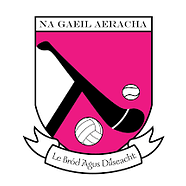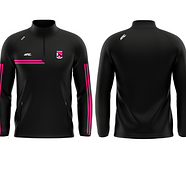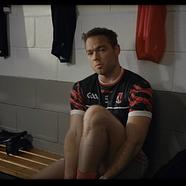Injury in Gaelic football is extremely common and all too familiar to those who have been playing the sport or watching from the sidelines over the past years. Injuries involving the lower limb are most prevalent with injury to the hamstrings and groin the most common offenders. Thankfully there is evidence to suggest certain tips and tricks can help reduce your risk of picking up an injury during your football season.
- Complete an adequate warm up of 15 minutes. The main goal of the warm up is to increase heart rate, muscle stretch length and body temperature. If you’re stuck for ideas the GAA 15 is an excellent resource that combines many match based elements. A link to the warm up can be found here: https://learning.gaa.ie/gaa15
- Pace yourself. Overload injuries (doing too much too quickly) can be avoided by gradually increasing the intensity of your training over time. If you're only getting back playing after an injury or picking up sport after years of not playing, it is vital you load your muscles appropriately over a period of weeks rather than diving straight back in at full tilt.
- Precondition your muscles to match like situations. Doing specific strengthening movements such as nordic curls, plyometrics and Copenhagen adductor exercises have shown to reduce risk of hamstring, ankle and groin related injuries respectively.
- Identify factors that place you at risk of injury. Previous injury to a muscle is the primary predictor for reinjury of that muscle. Therefore it is vital to strengthen that area through a specific exercise plan to minimise risk of reinjury. Other factors that increase risk of injury include type of pitch surface and wearing incorrect footwear.
- Sleep, nutrition and hydration all play a role too. Insufficient sleep has been shown to dampen reaction time and cognitive function which can result in increased injury risk. Correct nutrition and hydration are needed also for adequate muscle repair post exertion.
If you have an injury or are worried about future injuries it's worth discussing this with a professional trained in the area of injury prevention and recovery.







